Go back to Page One: Hot Mirrors, Regular NDs, IRNDs
Go back to Page Two: TrueND Filters with the Arri Alexa
Now let’s try the TrueND filters with the RED Epic:
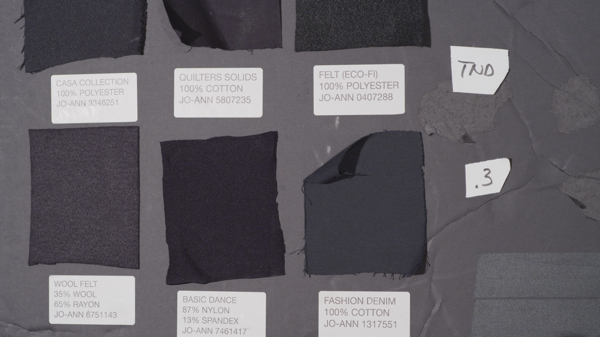
Above: Epic, TrueND .30.
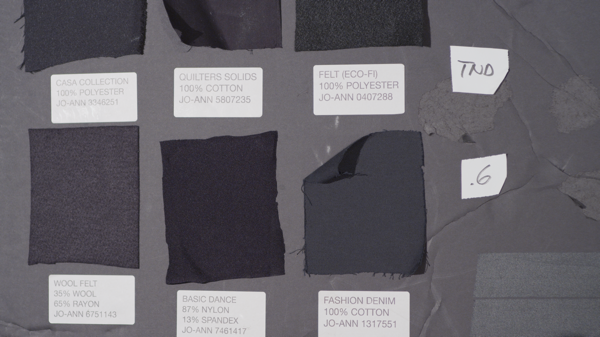
Above: Epic, TrueND .60.
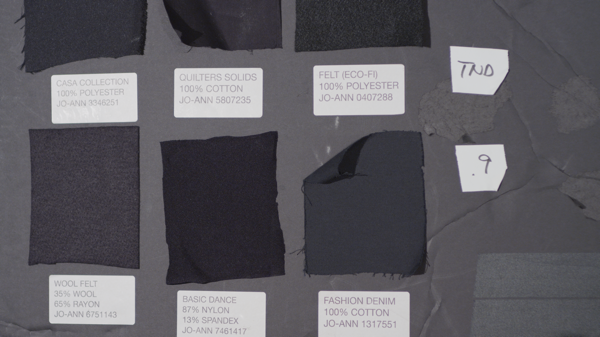
Above: Epic, TrueND .90.
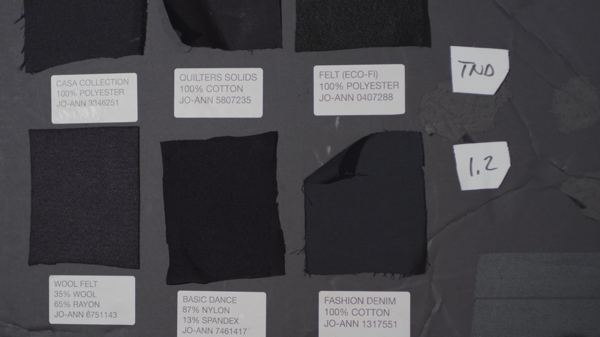
Above: Epic, TrueND 1.2.
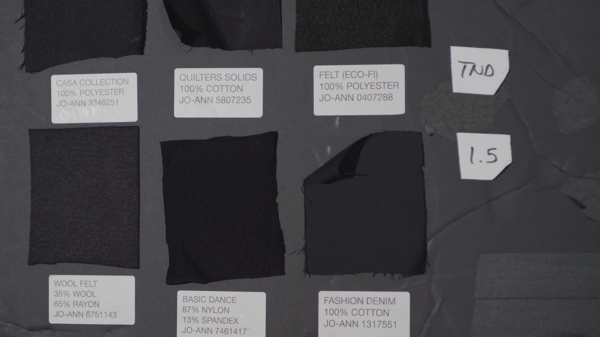
Above: Epic, TrueND 1.5.
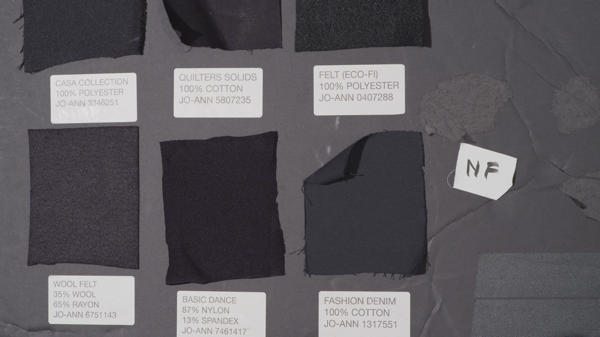
Above: And, once again, Epic with no filter at all.
I think I can let those results speak for themselves. This one kind of filter works on both kinds of cameras: those that require IRNDs (Arri Alexa, EX1/EX3, etc.) and those that require hot mirrors (REDs). That’s quite an achievement.
There’s one thing that bothers me, though. I shot a test with a very old filter that Schneider gave me years ago, the TrueCut 680. This filter is a dichroic filter that is supposed to cut the spectrum like a knife above 680nm, which is just short of the Rec 709 color spec limit of 700nm. It was never mass manufactured because the dichroic coating was so thick that it had a tendency to change color: if you looked directly through it the filter was perfectly neutral, but turn it 45 degrees away from you and the whole filter shifts toward cyan. This isn’t a problem on a long lens, but on a wide lens, where light from the edges of the frame passes through the filter at an extreme angle, this filter has the unfortunate effect of adding a cyan vignette to the edges of the frame. Still, it’s a great reference filter. Here it is with the Schneider ND 1.2, with that filter’s magenta cast removed:
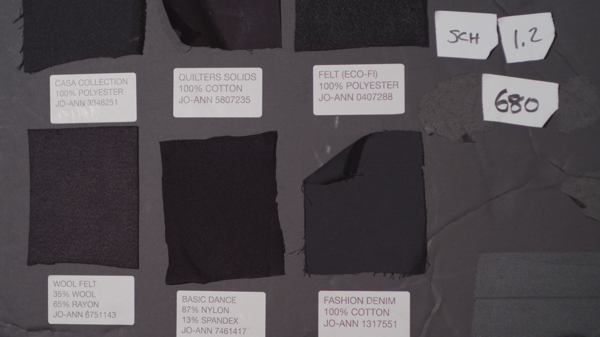
The TrueND matches the Schneider TrueCut 680, which is both good and bad. It’s good because it cleans up IR/far red really, really well, but bad because it may clean up too much. You still need to pass a little bit of far red to make skin tone come to life, and I worry that this filter may cut too much far red and make skin look a little dull.
Sadly I ran out of time before I could shoot flesh tone tests, and the filters had to be returned shortly after. Hopefully I can get my hands on them again, while working less and having fewer car accidents, in order to finish my testing.
Meanwhile, you can go to this website and see some truly appalling test footage comparing TrueNDs to other NDs. WARNING: These are awful tests, so don’t go out and base any major life decisions on them.
I did grab a couple of frames from the least offensive test, that of the Sony F55, and stitch them together:

The left side is no filter; the right side is with a TrueND .30. The hand’s flesh tone looks pretty good. What’s interesting to see is that the right side of the red chip, and that of the chip above it, are a bit lighter than the clean version on the left. If I had to guess I’d say that this is because the filter cuts into their spectrum, reducing the saturation of anything with red in it, but absent competent testing it’s hard to say what’s going on.
What this test does show is that having a TrueND .3 and .6 makes sense even when most of the new cameras sport built-in ND filter wheels. The increments between filters–up to three stops!–means that having a set of ND filters with smaller increments allows for much finer exposure adjustment.
Mitomo says that TrueND are made by applying a metal alloy film to both sides of the glass blank. It’s hard to know how durable they will be with everyday use as surface films can be damaged, but as much as I wanted to put them to the test I just couldn’t bring myself to take the chance of calling BandPro with bad news. (“These filters work great! Can you sell this particular set in smaller sizes…?”) What’s interesting is that the description of how this filter is made is similar to the rare and valuable Pancro ND filter. I’ve only seen these once or twice in my career and I know DPs who rave about how neutral they are, but they’re also highly reflective. TrueND seems to have made a variant that’s significantly less reflective.
What’s really interesting is that Pancro claims their NDs will block far red/IR as well. The short version of what I’ve found is this:
- Certain cameras pass some IR/far red so that flesh tone looks healthy, but while ND filters cut most wavelengths of light evenly they’re ineffective in the far red range (around 680-700nm). Because of this far red/IR reflective fabrics and dyes will turn red when using heavy ND with a camera like the Arri Alexa unless that ND is designed to block far red (IRND filters). IRND filters do not work on RED cameras.
- RED cameras have a leak a bit higher in the spectrum, beyond 700nm, where filters that cut visible light don’t work. These cameras require a hot mirror dichroic filter that cuts light beyond the range of human vision. These filters only work on RED cameras.
- Not only do the Mitomo TrueND filters appear to cut far red on the Arri Alexa, but they also cut IR on RED cameras. That makes them the only far red / IR filter that will work on everything.
- There may be a price in that flesh tones lose some of their saturation and luster, but this is unknown without further testing. Having said that, the TrueND look like the most promising ND filters I’ve seen in a long time.
Interested in TrueND filters? Give BandPro a call.
Wait, didn’t I promise earlier in this article to tell you about a simple preproduction trick for detecting whether a fabric will reflect IR, without using a camera? Here it is…
How to Test Materials and Fabrics for Far Red / IR in Prep without a Camera
Materials needed:
- Standard ND filter, strength .90 or above
- Flashlight with tungsten bulb
Just shine the flashlight with the tungsten bulb on the material and look at it through the ND filter. If it turns red or maroon, you’re going to have problems!
Disclosures:
I developed the DSC Labs OneShot chart, and I have worked for them as a paid consultant. I’ve also tested a lot of IR filters over the years and several manufacturers have let me keep them for my own nefarious purposes.
About the Author

Director of photography Art Adams knew he wanted to look through cameras for a living at the age of 12. After spending his teenage years shooting short films on 8mm film he ventured to Los Angeles where he earned a degree in film production and then worked on feature films, TV series, commercials and music videos as a camera assistant, operator, and DP.
Art now lives in his native San Francisco Bay Area where he shoots commercials, visual effects, virals, web banners, mobile, interactive and special venue projects. He is a regular consultant to, and trainer for, DSC Labs, and has periodically consulted for Sony, Arri, Element Labs, PRG, Aastro and Cineo Lighting. His writing has appeared in HD Video Pro, American Cinematographer, Australian Cinematographer, Camera Operator Magazine and ProVideo Coalition. He is a current member of SMPTE and the International Cinematographers Guild, and a past active member of the SOC.
Art Adams · Director of Photography · www.fearlesslooks.com · Twitter: @artadams
